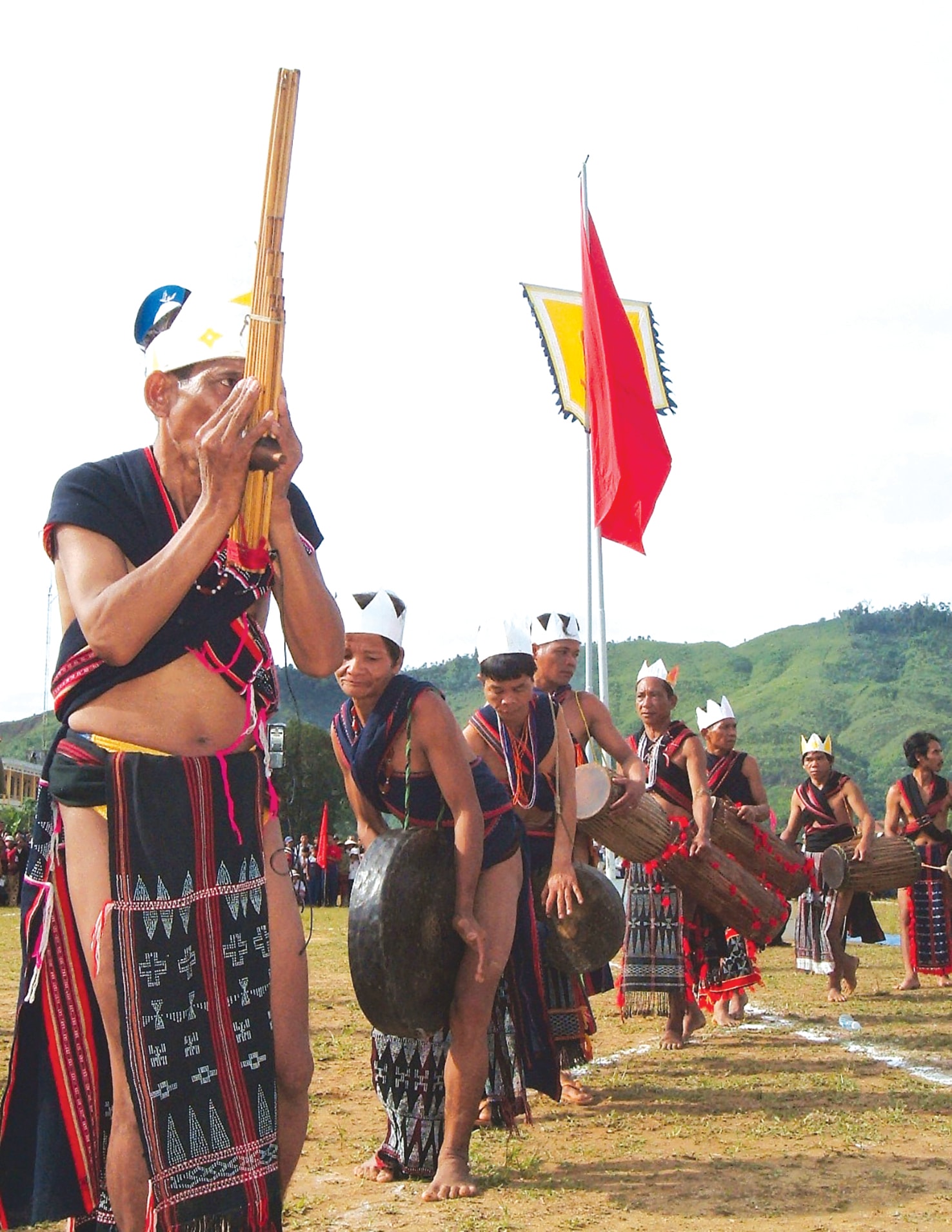
When gongs and drums know how to call each other
“The gongs and drums call each other and respond to each other by alternating single and double beats, then the whole gong ensemble rises up and blends together. In the blend, we can clearly hear the Cho-Gor drums sometimes beating in unison.” A long-time official in the old Hien district once explained the “full sounds” of the gong ensemble of the Co Tu people, and was recounted by musician Thai Nghia in his research on the art of Co Tu gongs published in 2001. “That is the gong that signals the village is entering a big and joyful festival,” the official in the old Hien district added.
“A big and joyful festival” is a festival with a buffalo stabbing scene. If the orchestra lacks the deep gong sound, then the festival is smaller, with only pork but no buffalo stabbing… “Gongs have their own unique voice, and gong activities clearly show the organization and express communal symbols,” musician Thai Nghia concluded.
To fully “dissect” the sound of gongs, since 1979 musician Thai Nghia has started collecting gong music and folk songs in the western region of Quang Nam. Contacting artisans, carefully noting and verifying, musician Thai Nghia recognized the characteristics, features and relevance of gongs in the life of the Co Tu people.
“Every year, the Co Tu people often organize many festivals. And if each festival corresponds to a cycle of farming labor, then each festival ceremony must also have gong and chime rules that are appropriate to those ceremonies,” said musician Thai Nghia. For example, with the Hue buffalo eating festival, the artists must follow 5 rituals when playing the gong and chime…
Don’t think that the sound of gongs is soulless in the middle of the forest. The villagers’ feelings are all put into it, and people from far away can still feel it, like a gong concert of a “big and joyful festival”. The same goes for Tung tung da da, or the dance to the sky. Researcher Hoang Huong Viet once saw that, amidst the bustling sound of gongs beating in front of the village mirror, young Co Tu girls spread their bare arms to show their support from all sides, while their feet firmly gripped the ground. Not leaving, similar to the word “pec” (me, mine) in the Co Tu language. This mountain and forest, this land is mine…
.jpg)
The rhythm of life "urges" the rhythm of music
On the coastal side, the connections between folk music and traditional festivals of Quang Nam are even more evident.
Dr. Nguyen Van Manh (Hue University of Education) once concluded that traditional festivals of the Vietnamese in Quang Nam maintain unique forms of folk literature, performing arts, and visual arts. It is even more unique when we realize that this is a cultural area where environmental landscape elements (mountains - plains - rivers and seas) and integration (Vietnamese - Chinese - Cham - Western) intersect.
He listed that in the traditional festivals of the Vietnamese in Quang Nam, in addition to religious ceremonies, there are at least 7 groups of fun festivals and folk games. Among them, there are familiar types of folk music such as hat ba trao (fish praying festival, whale worshiping ceremony), hat sac bua (Tet), bai choi (popular in Tet and opening ceremony), tuong (Ba Thu Bon festival, opening ceremony)...
More than 10 years ago, I had the opportunity to listen to musician Xa Van Hung share the story of his many years of pursuing the musical score of “Keo neo nhip loi” and translating the 62-page original Han-Nom version of the play “Long than ba trao ca”. When describing the journey of collecting and translating the script of the play “Long than ba trao ca”, the leader and musician of 3 ba trao troupes in Thang Binh and Hoi An concluded: Singing ba trao is not only a form of folk entertainment, but also a spiritual and religious activity of fishermen…
Also according to the analysis of musician Xa Van Hung, the script of the boat singing that is currently circulating in Quang Nam usually has 3 basic parts: going out to sea, spreading the net; the boat encounters an accident at sea and asks for help from the Lord; praising the Lord's grace of always protecting and blessing the people. Reading again, we realize that it seems that the story of the profession on the river has been completely "copied" into the song and dance, from which it creates plays and stories in the fishing festival and whale worshiping ceremony.
In terms of music, the singing and dancing of the Ba Trao combines the chanting style of the monks, the speaking style (narration) of the traditional opera, and also the Quang singing, the calling of the Bai Choi, the singing of the spirit, the singing of the drill, the singing of the boat race, the recitation of Hue poetry... Professor Tran Quoc Vuong once had another, very interesting comment: the singing and dancing of the Ba Trao has the nature of a Mandala of Buddhist worship rituals, because there are worship songs containing a noble and profound humanitarian spirit to all living beings. Not only the Ba Trao but also the expansion of the singing of the magic charms, the Bai Choi, the Tuong..., the rhythms of life outside have blended and "urged" the rhythms in the music, to form a festival.
In the highlands, if gongs and Cho-Gor drums know how to call each other so that visitors from afar can recognize that there is a big festival (buffalo stabbing), then in the sea, familiar melodies also stick together to form a festival. Like the lyrics in “Aspiration” by Thuan Yen, a musician from Quang, “Send love to the land/ get fruits and flowers on the branches…”, once folk music is sent to the festival, the community will have the sounds and nuances of indigenous culture from life.
Source: https://baoquangnam.vn/gui-am-nhac-dan-gian-vao-le-hoi-3153958.html


![[Photo] Ha Giang: Many key projects under construction during the holiday season](https://vphoto.vietnam.vn/thumb/1200x675/vietnam/resource/IMAGE/2025/5/1/8b8d87a9bd9b4d279bf5c1f71c030dec)
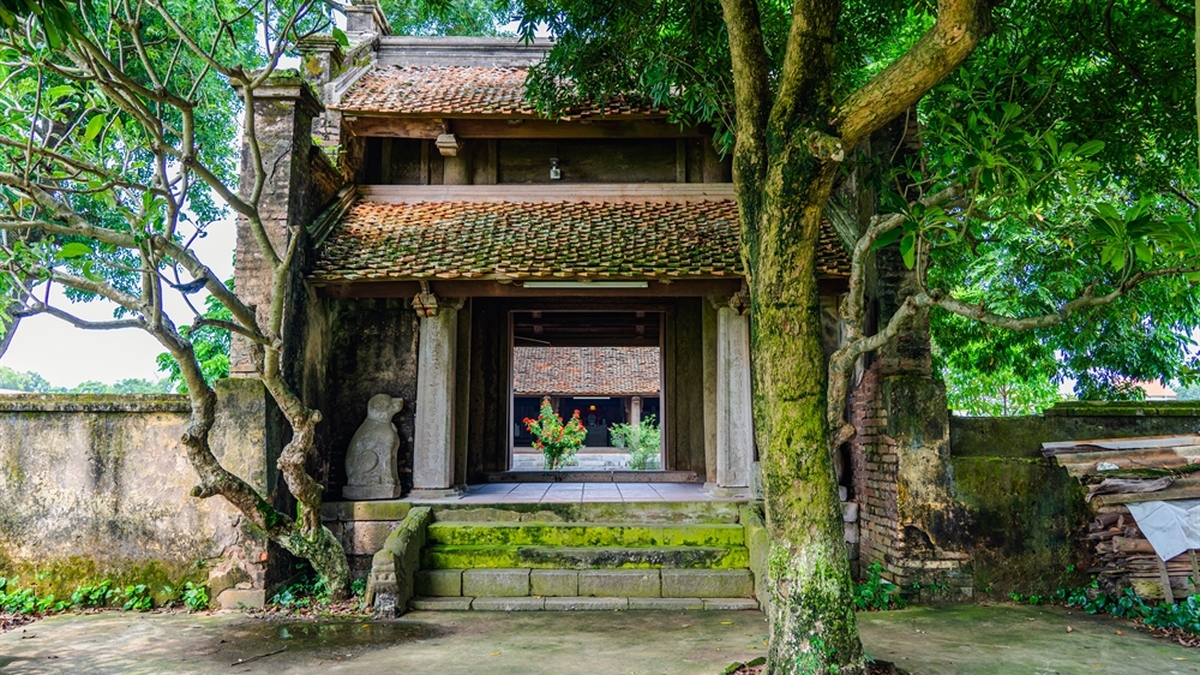

![[Photo] "Lovely" moments on the 30/4 holiday](https://vphoto.vietnam.vn/thumb/1200x675/vietnam/resource/IMAGE/2025/5/1/26d5d698f36b498287397db9e2f9d16c)
![[Photo] Binh Thuan organizes many special festivals on the occasion of April 30 and May 1](https://vphoto.vietnam.vn/thumb/1200x675/vietnam/resource/IMAGE/2025/5/1/5180af1d979642468ef6a3a9755d8d51)
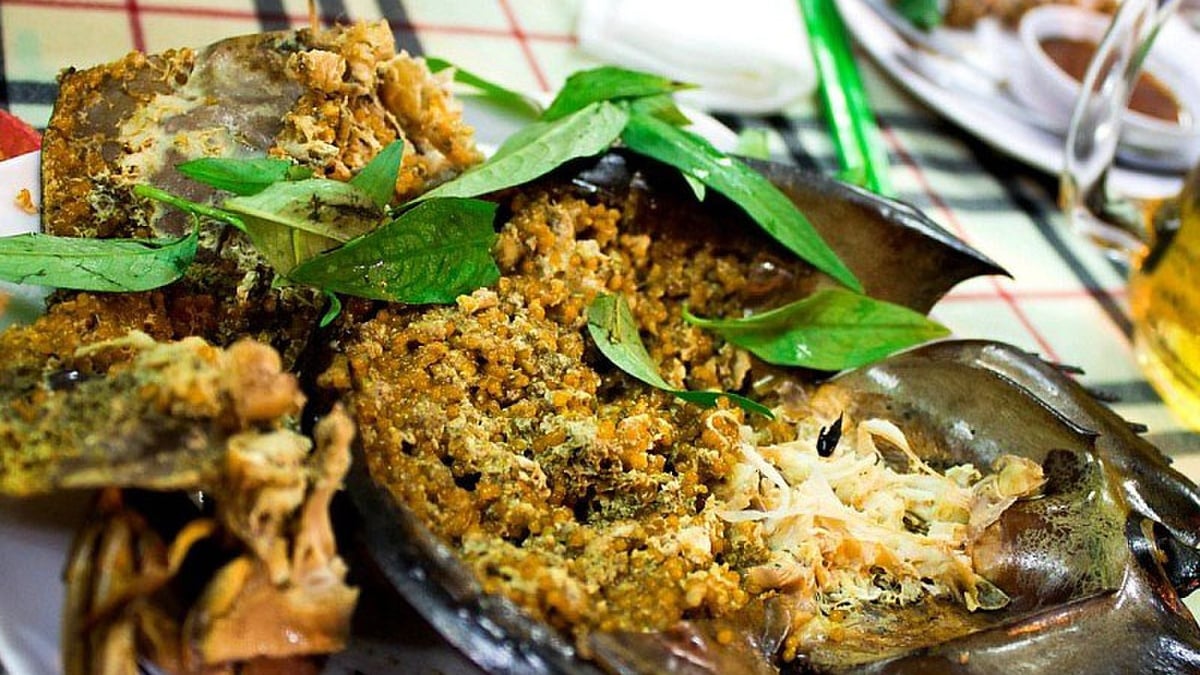


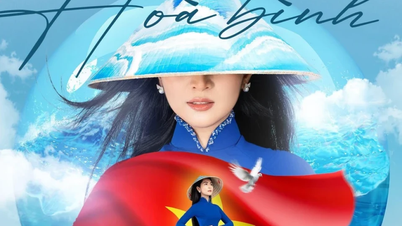
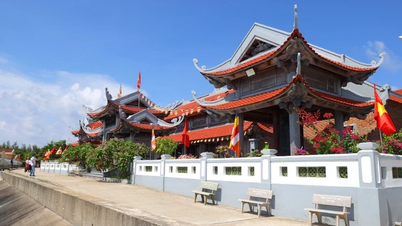

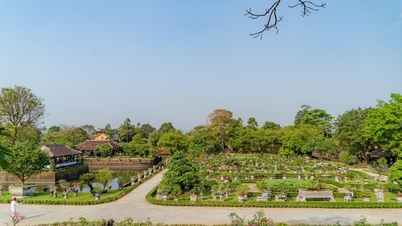





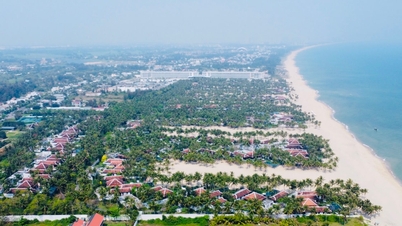



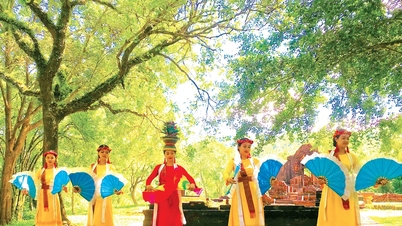






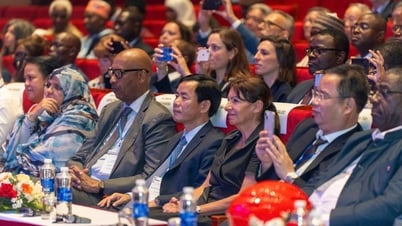


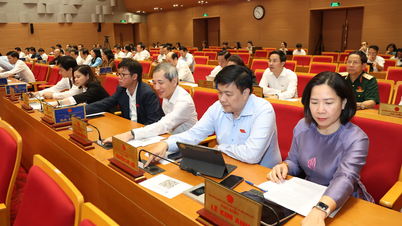

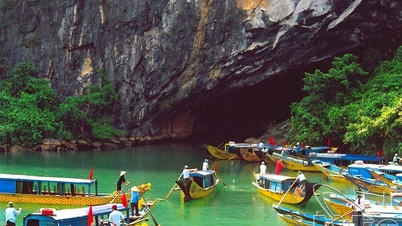

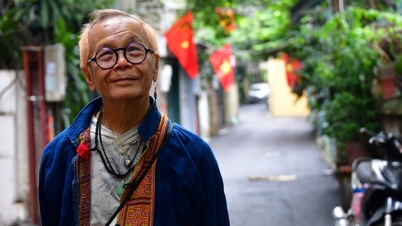

















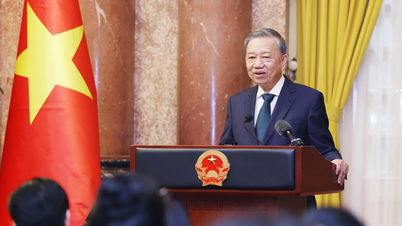




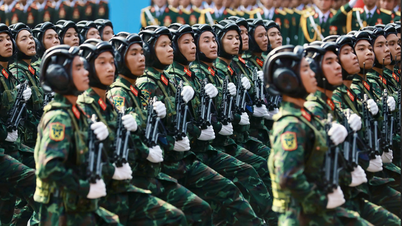


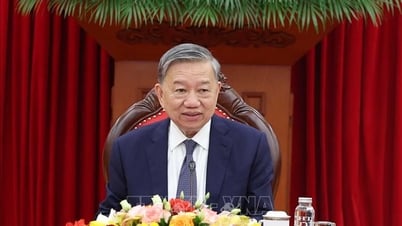











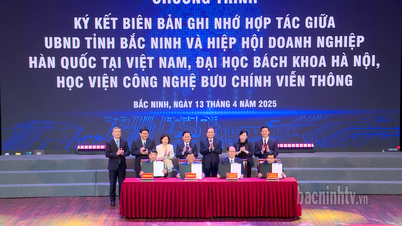




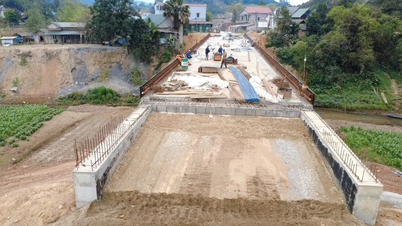

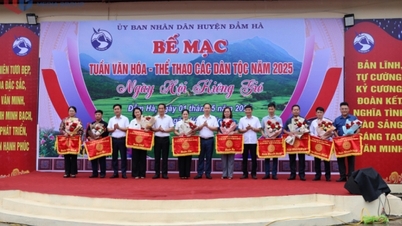




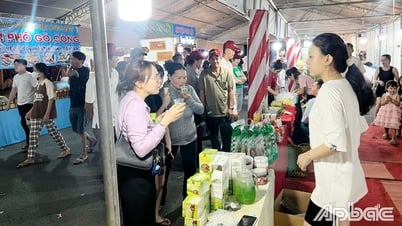



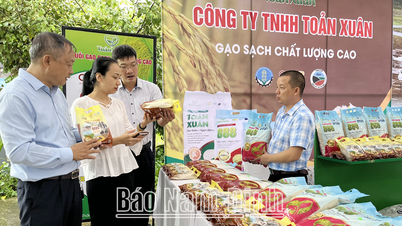

Comment (0)